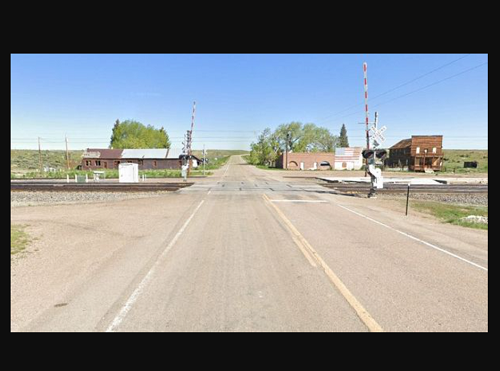The National Rural Transit Assistance Program hosted a webinar on May 14 to provide resources to help transit agencies develop a “roadmap” to prevent and disrupt human trafficking operations.
Webinar speakers Kristen Joyner, executive director of the South West Transit Association, and Annie Sovcik – program Director for Busing on the Lookout, which is a new initiative launched by Truckers Against Trafficking – explained that public transportation is often “part of the problem” when it comes to human trafficking, but is also part of the solution.
[Above photo by the U.S. Department of Transportation.]
“Human traffickers exploit legitimate systems within multiple business sectors for their own profits [and] traffickers rely especially on resources within the transportation sector to move their victim,” Joyner noted. “[But] transportation is also a way out for human trafficking survivors. That’s why knowing the ‘Red Flag’ indicators, understanding what human trafficking is, who is involved and how to report are keys to transit becoming a part of the solution.”

Sovcik said the key for transit agency employees is to “develop a key awareness of the abnormal,” such as: passengers not being allowed to speak for themselves or who are not making eye contact; passengers who are not in possession of their own ticket, money, or identification; passengers with a disheveled appearance or who seem scared; and minors traveling without adult supervision, especially if they are traveling on a transit bus in the middle of the school day.
“Our goal is to empower everyone in the transit industry because we believe you can provide an extra set of eyes and ears to help law enforcement stop trafficking,” she explained.
https://www.youtube.com/watch?v=mstxixQyS_w
Joyner, who also serves as the chair of the Human Trafficking Awareness Protocols and Policies Subcommittee for the Secretary of Transportation, said that the transportation industry intersects with most forms of trafficking, including labor and sex trafficking. She said a critical first step is for transit agency management to get anti-human trafficking training so they can open up a dialogue with local law enforcement before providing such training to other agency personnel.

“This training may increase 911 calls,” she stressed. “It’s also critical that transit operators save video footage when they can of suspected trafficking incidents; that is vital for law enforcement to carry out a conviction.”
Joyner emphasized that “this is more than just a cool, hip, new addition to transit operator safety training – this is a way to dialog within transit agencies and with law enforcement in order to make a real difference in people’s lives.”
In response to an online question from the AASHTO Journal, Joyner noted that multi-agency human trafficking training – such as including transit bus operators and state highway rest stop maintenance staff in the same training session – would be a “great way to open up the floor” to breaking down a broader selection of trafficking scenarios.
“I do think it is a good idea because cross-cultural training brings in more experiences to analyze; ‘I saw this situation at a bus stop,’ or ‘this one occurred at a rest area bathroom,’” she said.

Fredrick Butler, public transportation administrator for the New Hampshire Department of Transportation’s Bureau of Rail and Transit, told the AASHTO Journal by email that “it does make sense that we as a state agency should try to coordinate training and resources with other [transportation] partners, as a fragmented approach is rarely the ideal solution. If improved communications with our state partners results in our having a heightened awareness that trafficking is, in fact, occurring on our transit systems whether we know it or not, then we’d certainly visit the issue.”
David Harris, transit and rail division director for the New Mexico Department of Transportation, added in a separate email to the AASHTO Journal that for state DOTs as a whole, the effort to combat human trafficking moves in a “coordinated fashion” along different transportation perspectives.
“Transit targets different flash points than our highway field personnel,” he explained. “As the state DOT transit office, we coordinate trainings on this at our annual transit conference specifically tailored to bus drivers and transit personnel. For the state DOT highway effort, we have many field personnel that are receiving training to recognize signs of human trafficking in their environs – such as truck and rest stops – as well as other areas that may attract [trafficking] activity.”
 Nation
Nation
IIHS’s Harkey Talks Sustainable Road Safety at Summit
October 18, 2024 Nation
Nation

